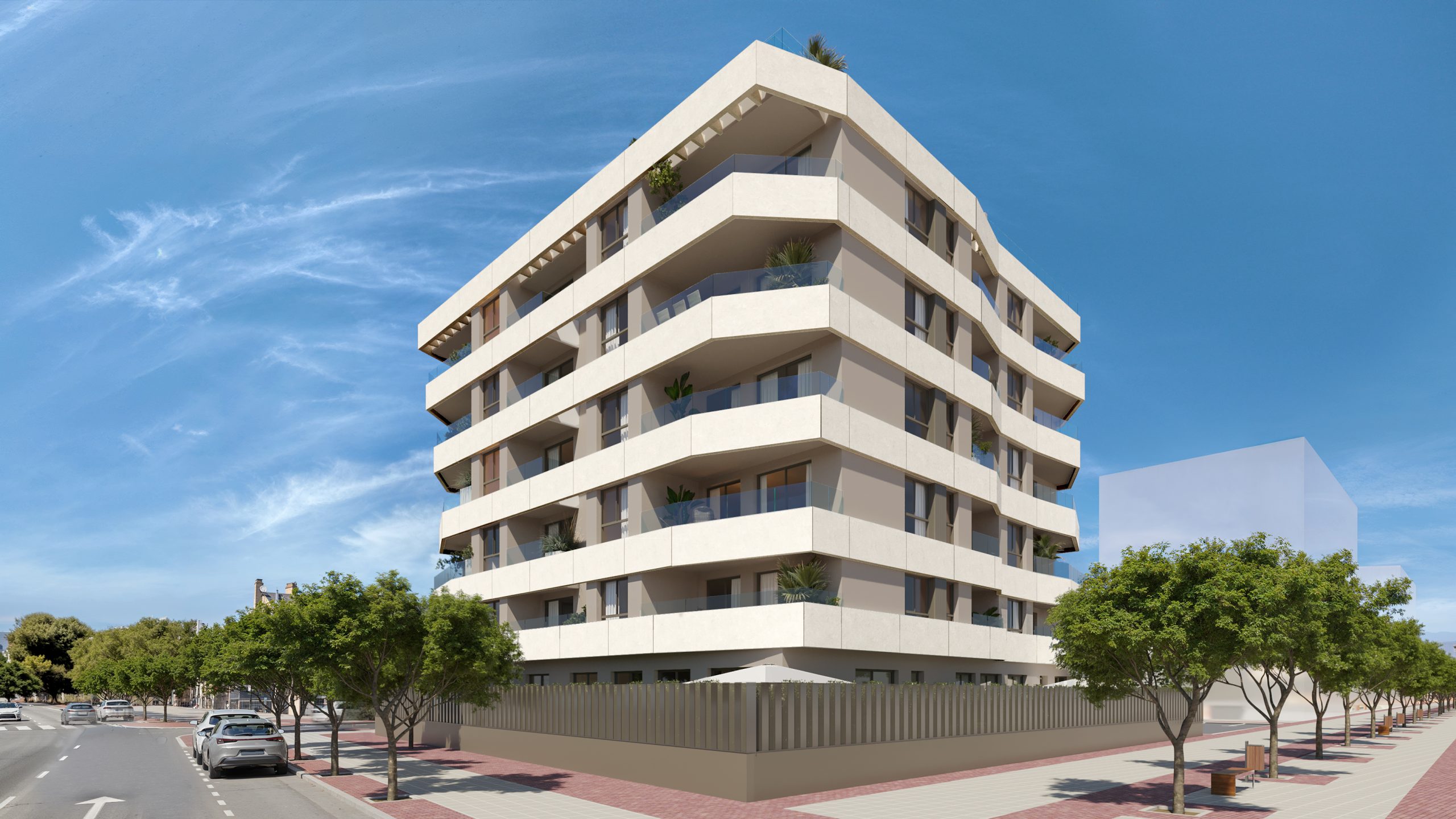Why do we put up a flag on a building site?

The world of architecture is full of traditions and rituals. While in Ancient Rome the augurs would consult the omens to decide where to build a city, today it is customary to perform a ground-breaking ceremony as a symbol of the beginning of an important construction project.
During the construction process of a building in Spain, there is one ceremony that is of particular importance. This is putting up a flag, which is known in some parts of the country as “cubrir aguas” (“water covering”).
When is the flag put up on a building site?
This ceremony involves putting up a Spanish flag on the tallest part of a building once the main structure has been finished, and by this we mean the so-called skeleton frame, which is what holds the entire building together.
Origins of the flag ceremony
It is believed that this tradition began in the Middle Ages and is related to the building of churches. During construction, the heavy stone arches and vaults were temporarily supported by falsework. Falsework refers to wooden structures that were highly unstable, as a result of their material and the extremely heavy weights they supported. They are placed on scaffolding, which are also made of wood, and both are supported with rope and nails. This flimsy skeleton could collapse at any moment as a result of some uncalculated move and was highly sensitive to wind. To monitor the strength and direction of the wind, a piece of fabric was put up at the highest part of the structure. This improvised weather vane would provide important information that was vital to determining the next step of the building work and the height that it could reach.
Once the vault was finished, the falsework no longer needed to support its heavy weight. This removed the primary cause of accidents and also covered them from water, or in other words, provided shelter. To celebrate this ritual a huge feast would be held.
In some areas of Spain, such as the Basque Country or Galicia, it is customary to put up a tree branch in place of a flag. This may relate to the abundance of trees in these regions.
Flag-raising in other countries
This practice also takes place in other countries as part of the coronation of a building, and is known in English-speaking countries as “topping off” or “topping out”. At the coronation ceremony, builders may put up a flag or a tree branch on the top of the building, as we have seen, but they may also use an evergreen tree, which is often decorated.
The custom of putting up a tree on top of a building is attributed to a Scandinavian tradition that also dates back to medieval times, related to the mythological history of these countries.
The coronation ceremony still exists in several European countries and in the United States, and these ceremonies may involve putting up a flag, a branch or a tree. With high-rise buildings it is very difficult to see the flag, so it may be put up on a crane instead, where it is more visible.
In short, putting up a flag is a demonstration that the most delicate part of the work has been completed, meaning it is now time to put up the partition walls, the installations, etc. This is also the time where modifications are carried out in apartments that have been requested by people who have purchased an off-plan home.
Whether you’re looking to buy a pre-built or an off-plan home, our promotions are unbeatable. Make sure you visit our website to take a look at everything we can offer.


